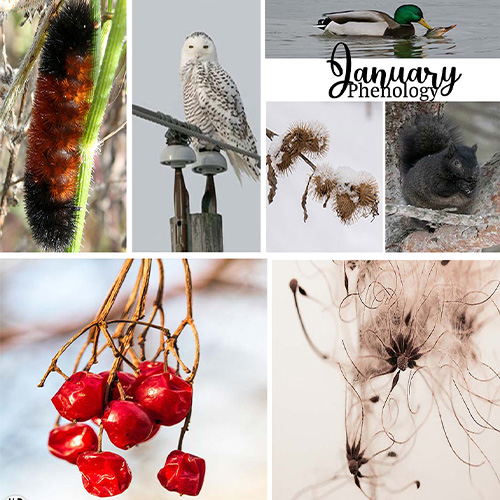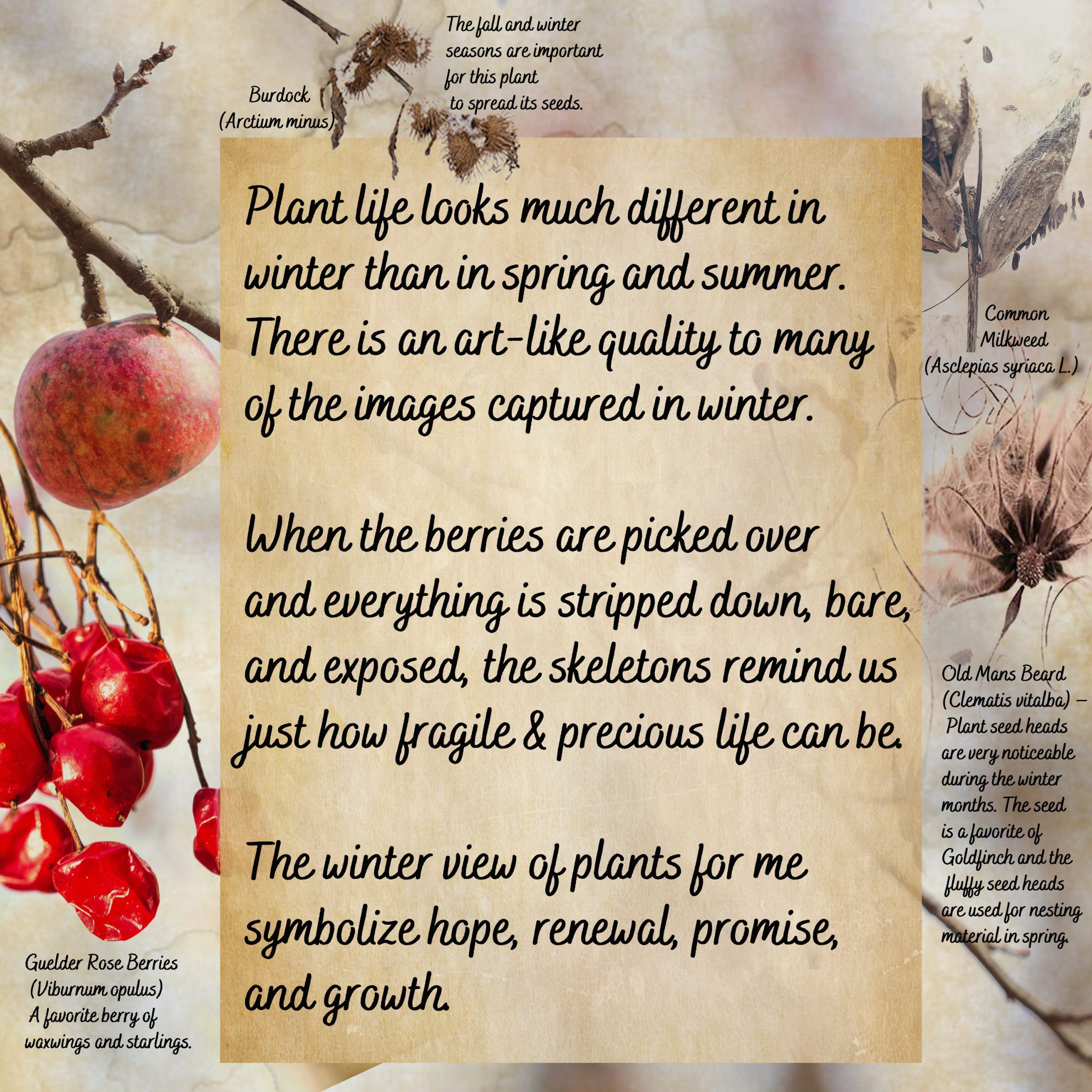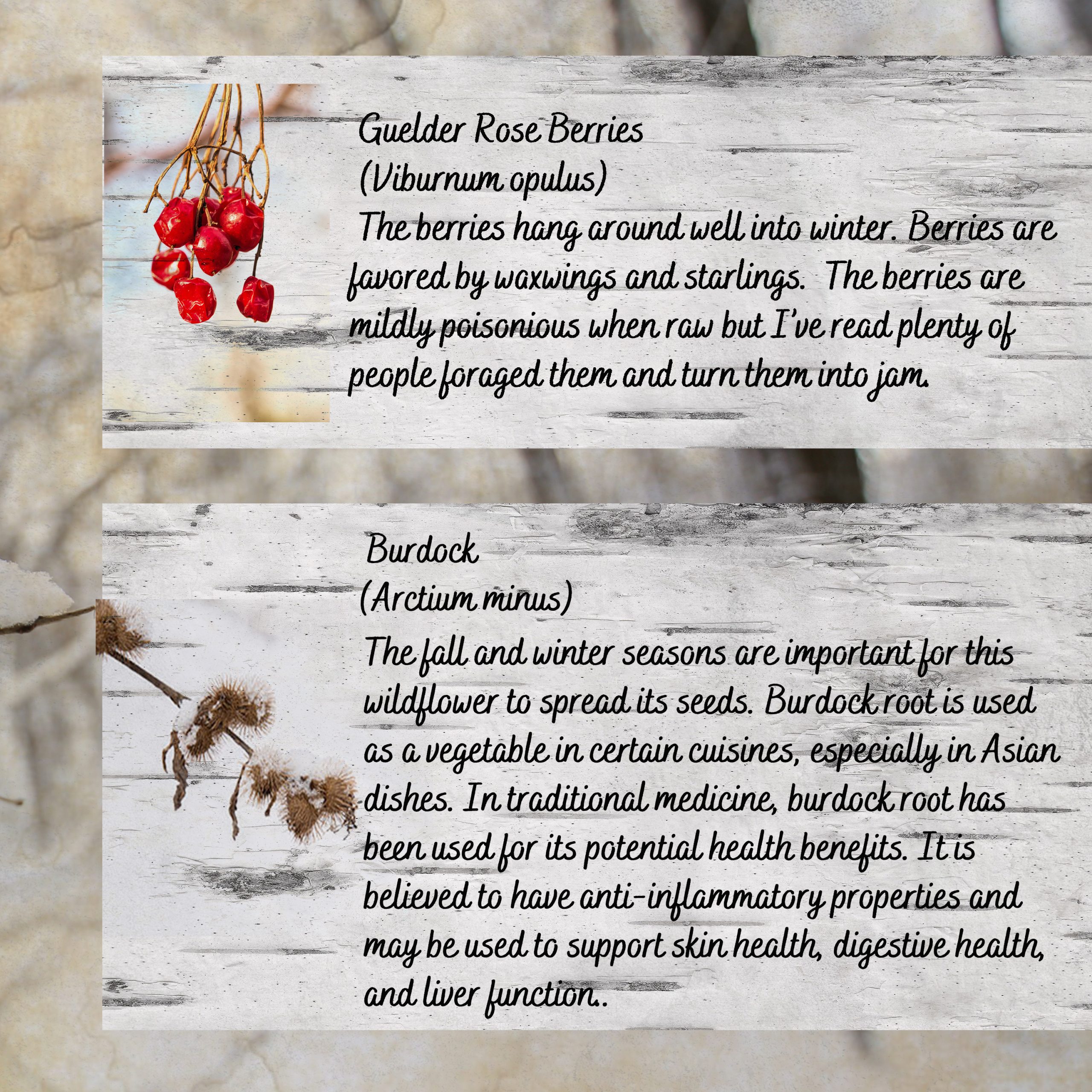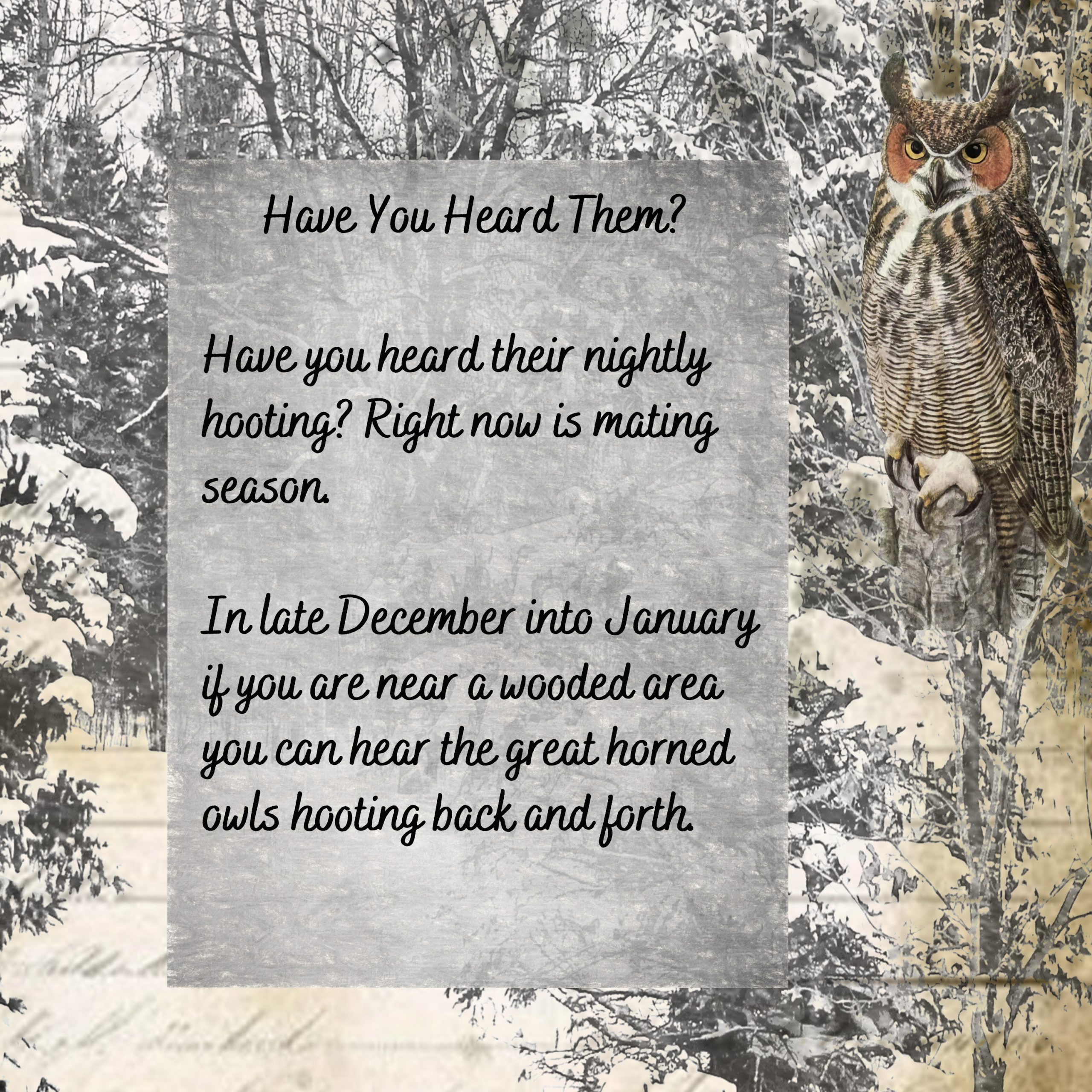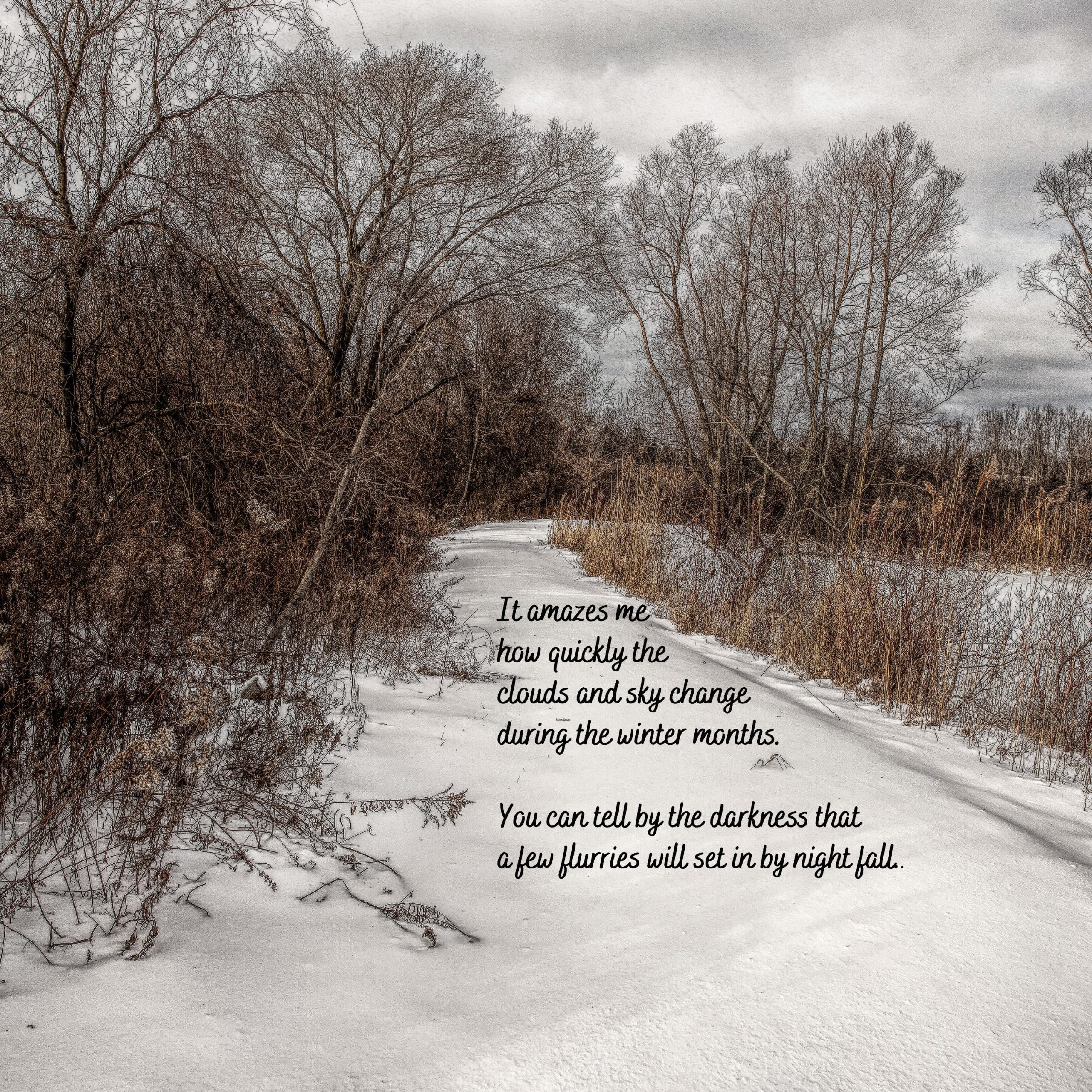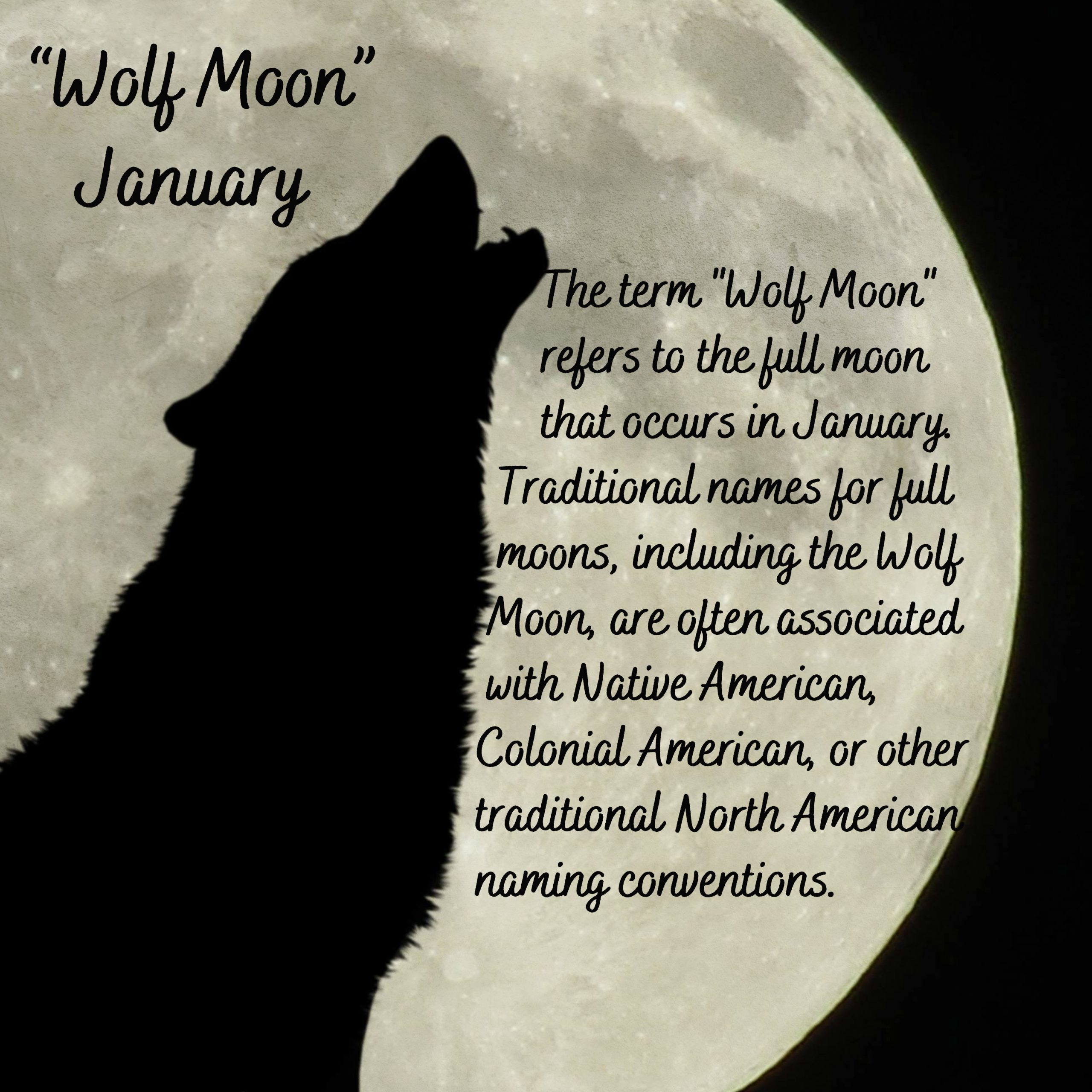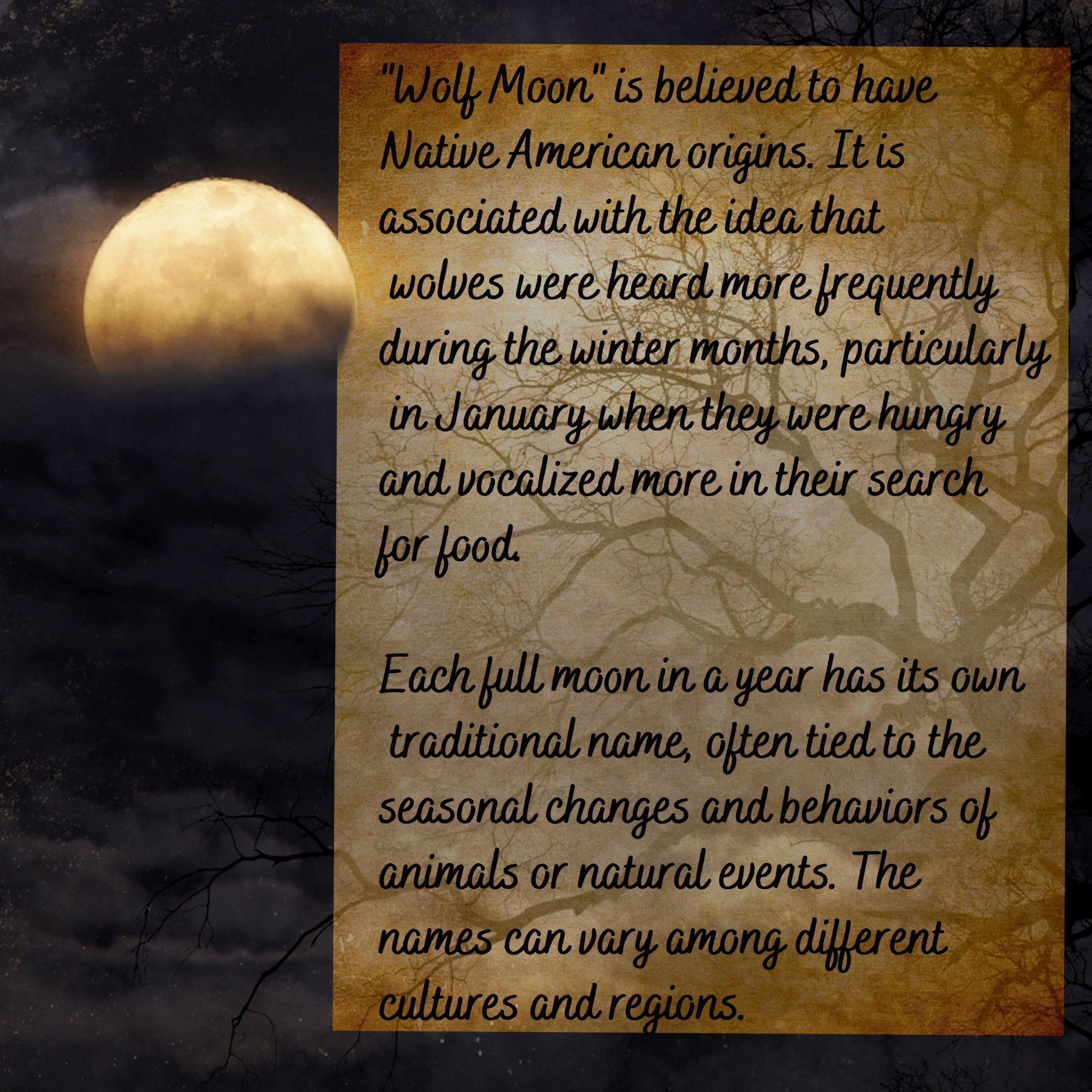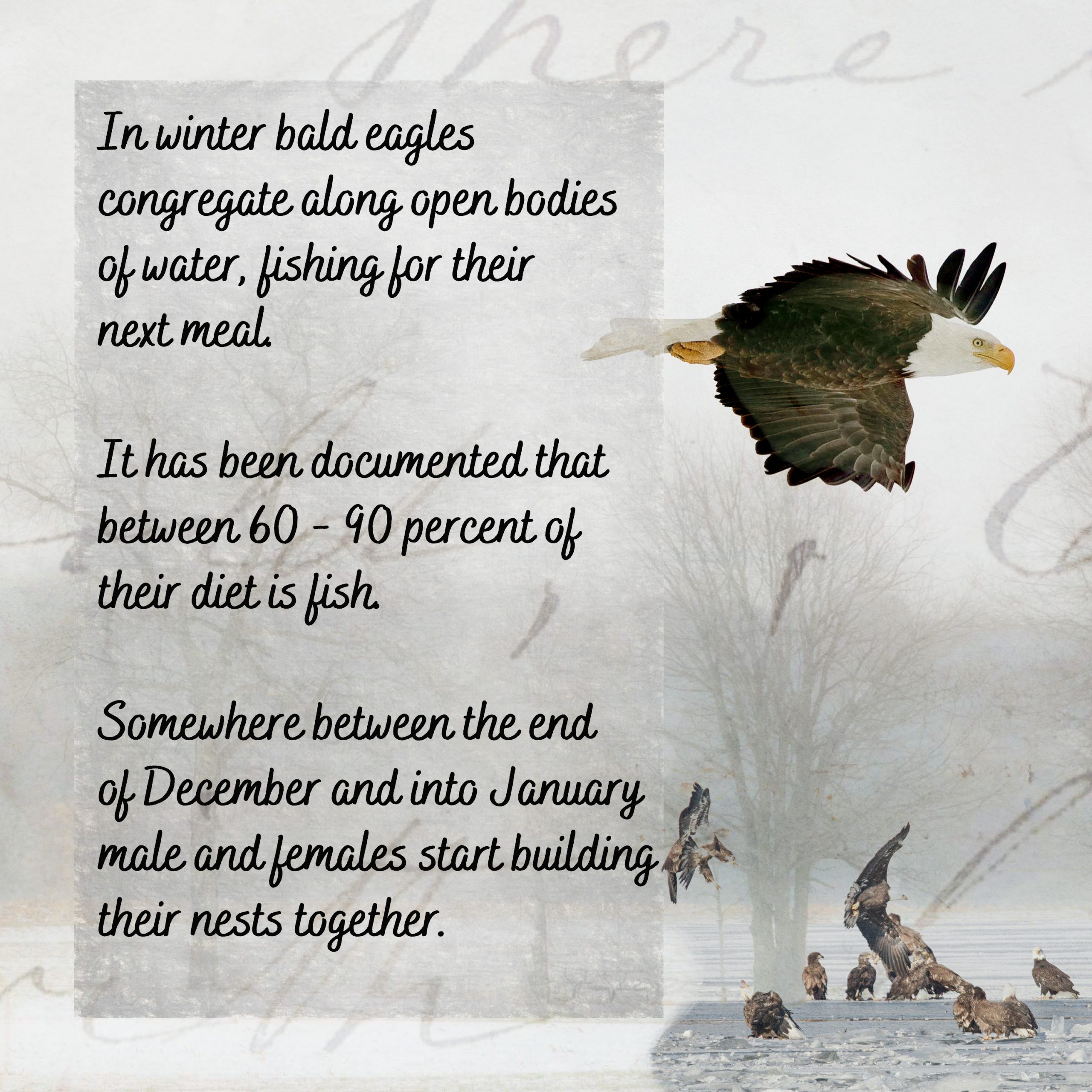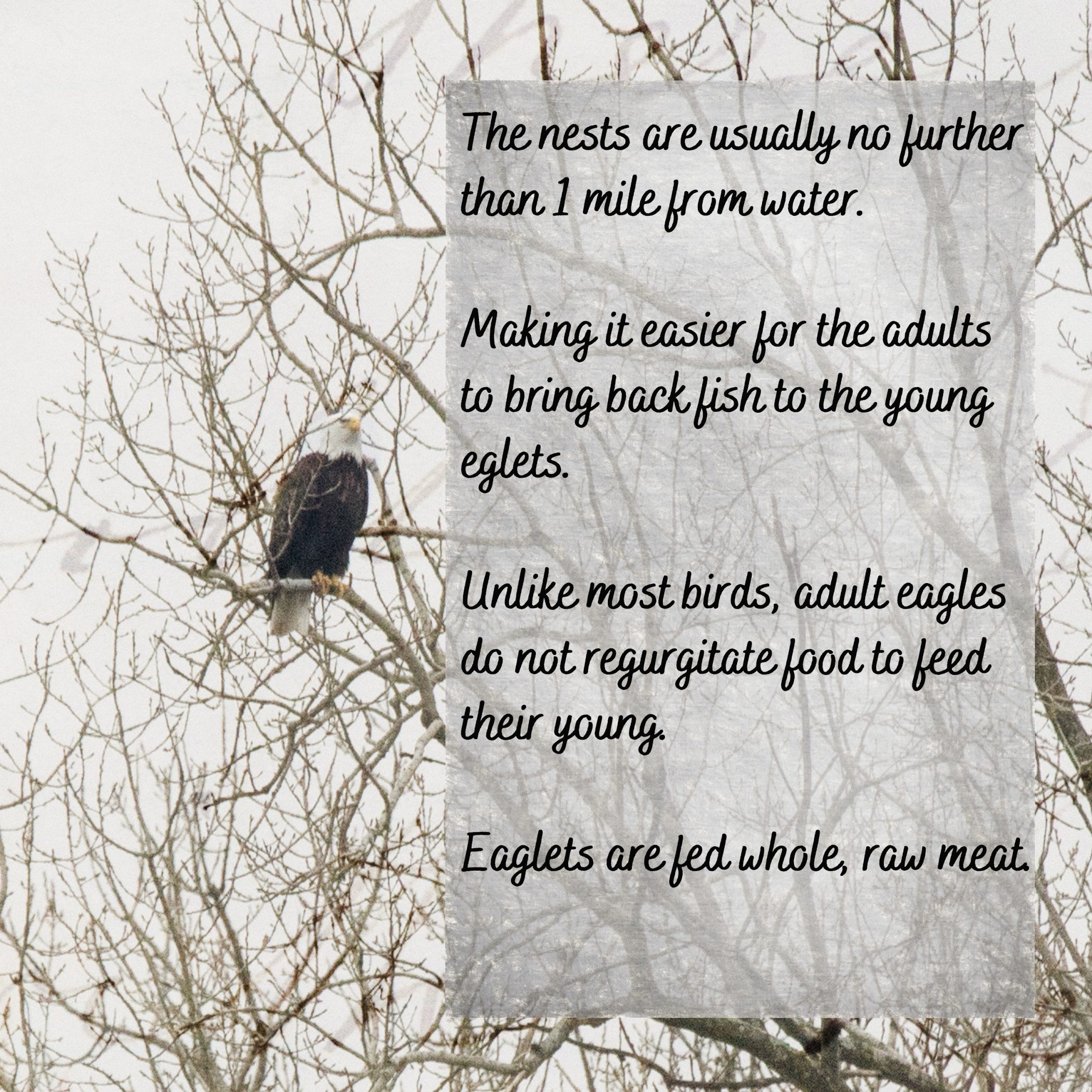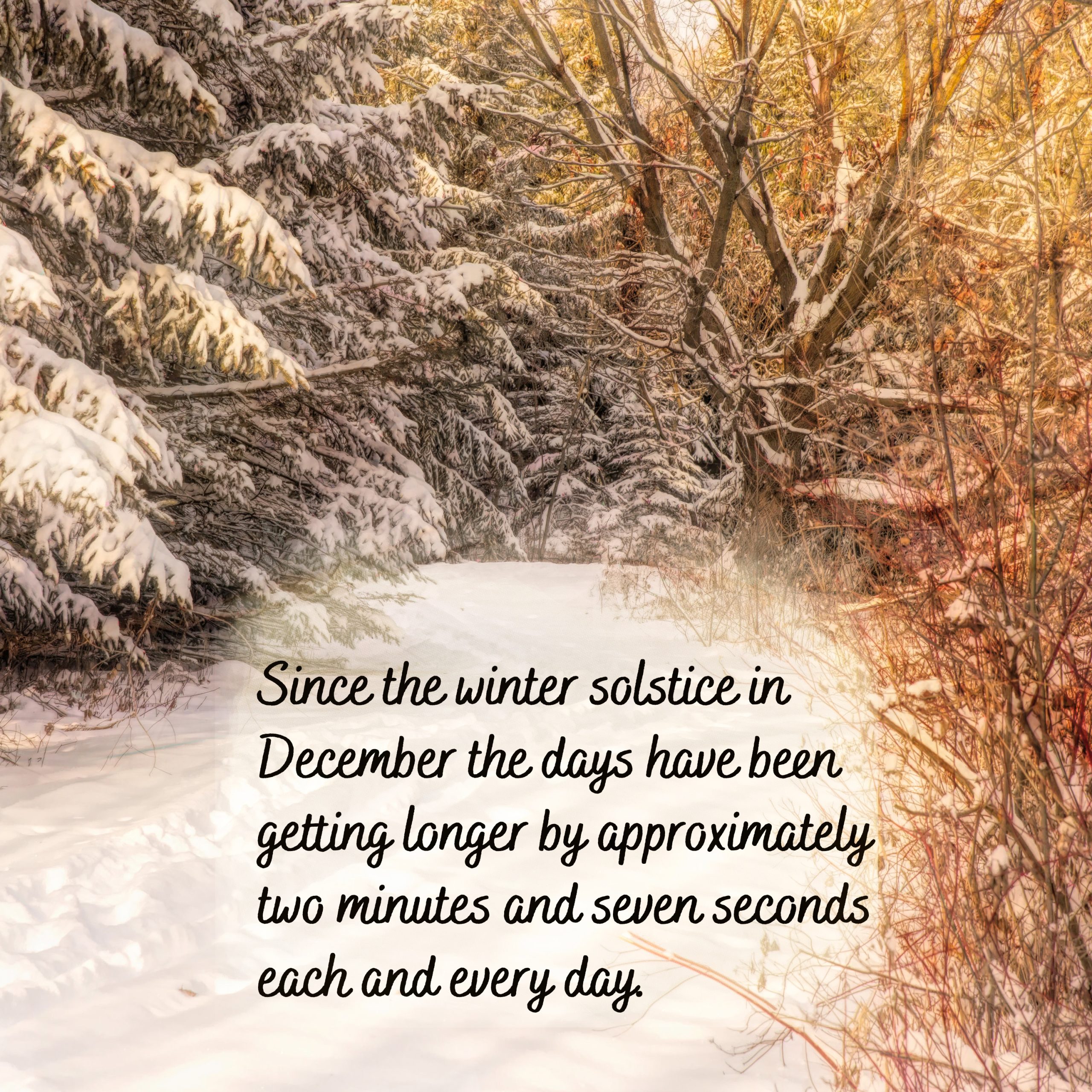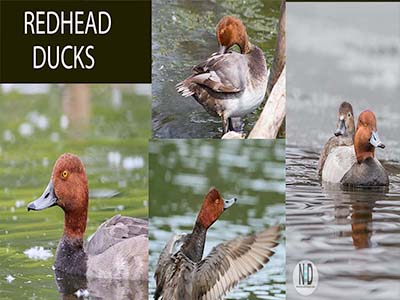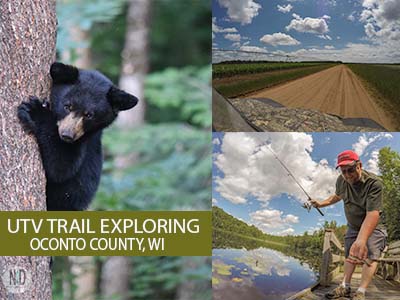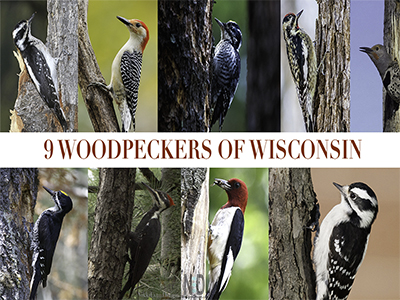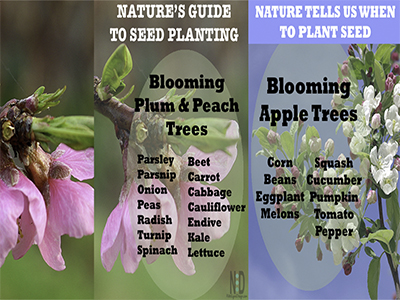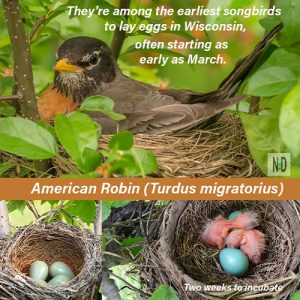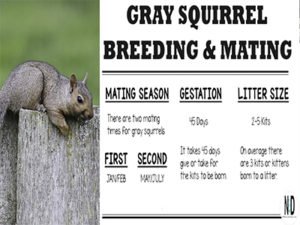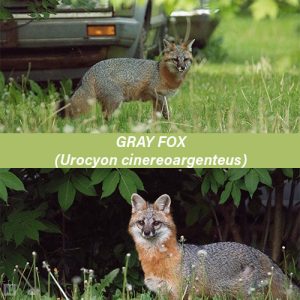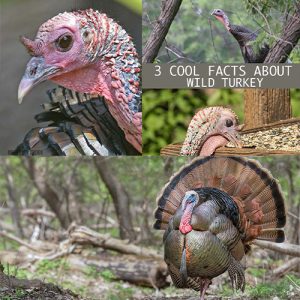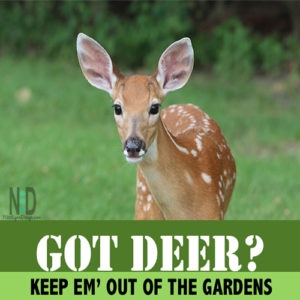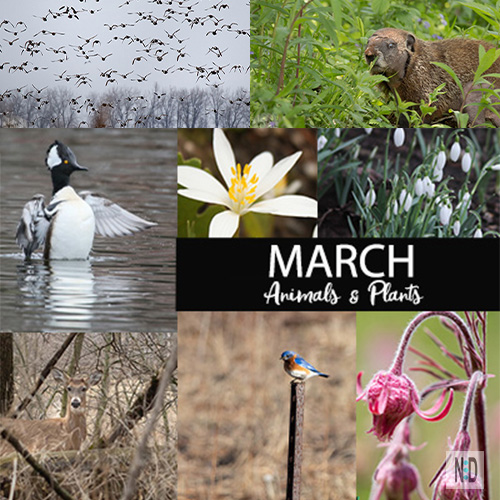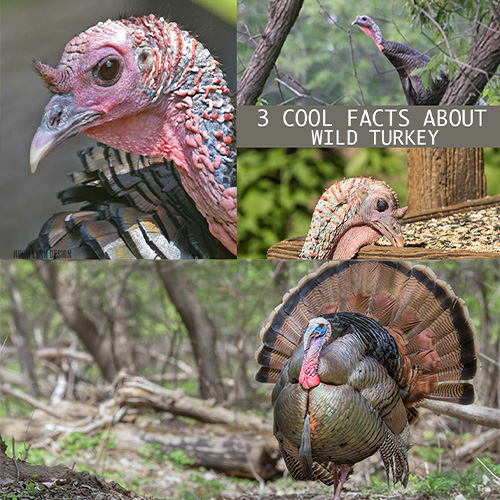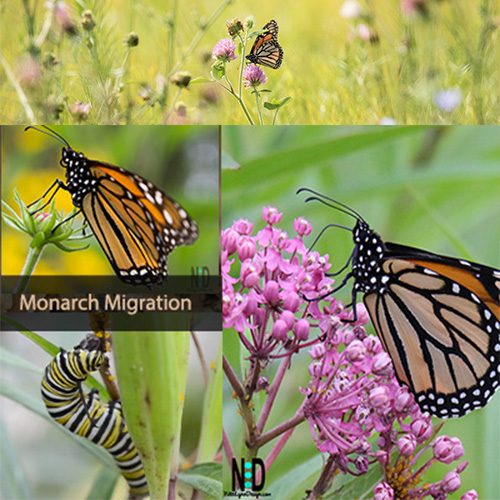Well, Happy New Year! Hope you are settling into your new year. January 2022 – It’s cold! But, did we expect anything less from the Wisconsin winter?
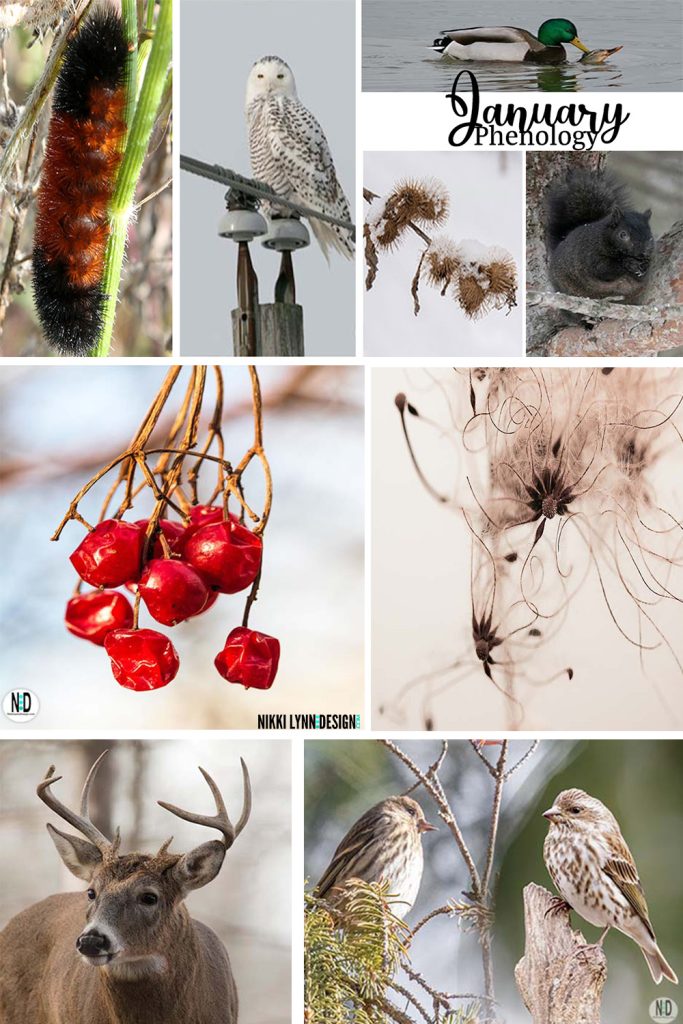
Welcome to the phenology posts. The posts will be a running listing of what you can expect to see with our plant life and animals over the year – month by month. Let’s get started!
The Wooly Told Me So
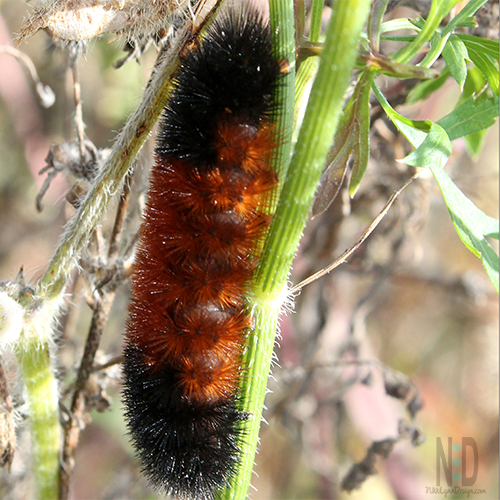
Currently, our wooly bear caterpillars are snuggled into leave litter piles and tree crevices sleeping the winter away.
Last fall the wooly bear caterpillars were extremely active and on every path one walked, there seemed to be another one begging to pick it up and examine it.
Some people once thought that the thickness of different colored bands of the bristle hair would tell how hard or cold the winter was going to be. Turns out, those are old wives’ tales. So, the scientists say.
I beg to differ with them a little. I like to look at the thickness of the bristles that grow on multiple wooly bears throughout the fall. If the bristles have grown in thick and full, chances are fairly good that we should prepare ourselves for an extremely cold winter.
Last year our woolies bristles were thick and packed tightly!
January Temps
January is 23°F. The past two weeks we have woken up to temps below zero and several full days of temps in the range of -3°F. to-15°F. On average, the sun rises at 07:26 and sunset is at 16:44.
Phenology
This year, I am going to share at least a monthly phenology post. Phenology is the study of cyclic and seasonal natural phenomena, especially in relation to climate and plant and animal life. (Patterns)
Examples include the date of emergence of leaves and flowers, the first flight of butterflies, the first appearance of migratory birds, the date of leaf coloring and fall in deciduous trees, the dates of egg-laying of birds, etc.
Repetition Of Change
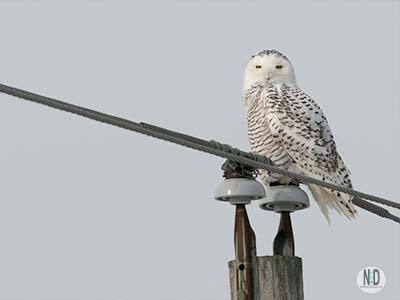
I love the repetitious seasonal changes in nature. If you are out and about year after year, you get fairly acquainted with documenting the changes.
Like, December, January & February bring snowy owls to our area.
The owls come to our area to eat small mammals like mice, rabbits, and voles, which they find plentiful along bodies of water, farm fields, airports, and marsh areas.
Animal Changes This Month
Black bear sows are birthing cubs in their dens, Black-capped chickadees begin courtship songs, Northern cardinals begin singing their spring songs, and wolves, foxes, beavers, and fox & gray squirrels, mate. Toward the end of January, the Canada geese begin to arrive and great horned owl courtship begins. White-tailed bucks start shedding horns and bald eagles lay eggs the month of January up until mid-February.
Nature Journal
I’ve started a digital nature journal documenting seasonal changes over the years. Below are 9 of the January pages that I have completed to date.
Hitchhiking Burdock
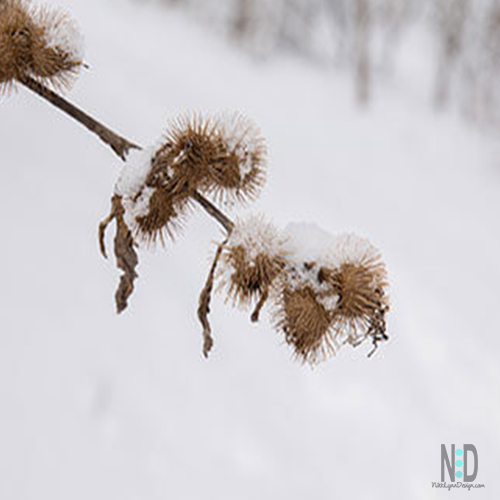
If you are wandering around in woodland scrub areas in winter you might run into this hitchhiking pest, Arctium minus . It is more commonly known, as “burdock.” Did you know it is a wildflower?
It has rounded, spiny structures that many of us call burrs. The burrs attach to clothing and animals so they can spread their seed to other locations.
The fall and winter seasons are important for this plant to spread its seeds. You will see deer and squirrels running around the woodland areas with burrs stuck in their fur.
Here is an interesting fact: This plant is the reason we have VELCRO today. A Swiss inventor in the 1940’s studied the burdock hook system under the microscope. The burdock had attached themselves to his clothes and his dog’s fur while walking in the woods.
He realized that the same approach could be used to join other things together. The result of his studies was Velcro.
“Persistently explore, for nature’s secrets yield endless wonders to discover.”
Nikki Vig
American Kestrel
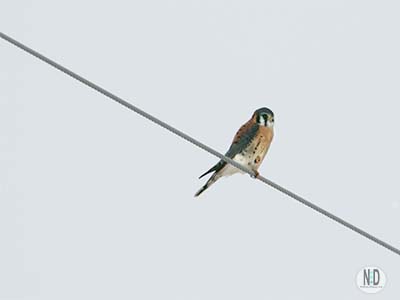
The American Kestrel can be found year-round in Wisconsin.
One can pick this bird out fairly easily sitting on a high wire against the gloomy winter sky.
This is North America’s littlest falcon and it enjoys hunting down birds between sparrow and starling size.
Squirrels Are Mating
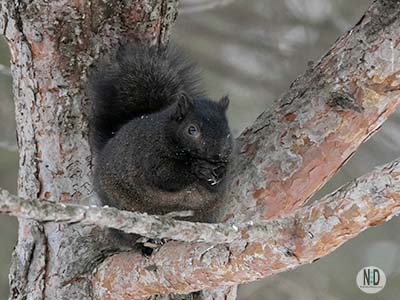
The Eastern Gray Squirrel mates twice a year, once in January and February, and again from May through July.
The squirrels chase each other and pay little attention to humans while they are going about their business.
If you look halfway up or better in trees and see a pile of leaves all bunched together, those are your squirrel nests.
Great Horned Owls
Have you heard their nightly hooting? Right now is mating season. In late December into January if you are near a wooded area you can hear the great horned owls hooting back and forth. Eggs will be laid and incubated during February.
January 21, 2022, was the last night I heard hooting, from the four great horns around the woodland area.
“There is something infinitely healing in the repeated refrains of nature—the assurance that dawn comes after night, and spring after winter.”
—Rachel Carson
Mallard Ducks
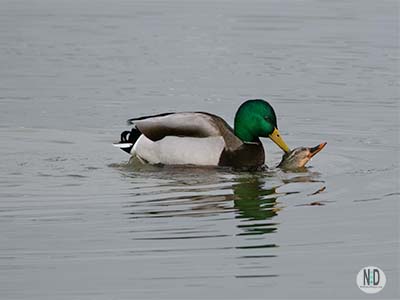
Mallard ducks will congregate anywhere there is open water. Females start looking to pair up for mating in October and November by choosing a male with the brightest colored green head.
Cue Marvin Gaye’s Let’s Get It On. I watched a pair on the lake on 1-3-2022 – apparently, this female had chosen her male. That’s how they do it 🙂
After mating the male moves on. The female will make a ground nest, usually near a source of water, and lay her eggs. The female will incubate the eggs for up to 30 days or until they hatch.
Winter Small Birds
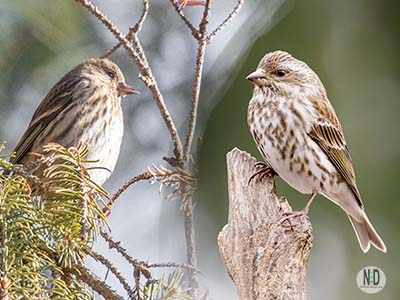
The pine siskin is a winter visitor and rarely seen past spring.
Some winters in the state we see explosions in numbers. Others, very few.
Our winter birds at the bird feeder may differ from our spring and summer visiting birds.
Insert random thought – If you are feeding the birds, have you seen the cost of seed? UGH!!
The dark-eyed juncos and red-breasted nuthatches numbers have picked up this month. December was a slow month.
White-Tailed Deer
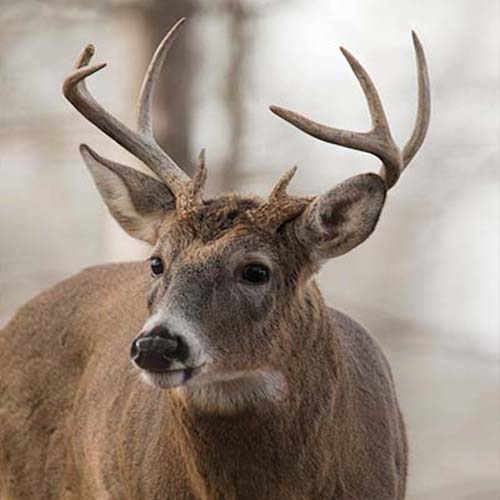
Male white-tailed deer drop their antlers during the winter months. The antlers become a food source for squirrels, mice, and porcupines.
Shedding occurs in the latter part of January and runs through February.
Many of our males are still running around the woodland areas with antlers at the end of January.
Plant Life Looks Different
The plant life looks much different in winter than in spring and summer. There is an art-like quality to many of the images captured in winter.
When the berries are picked over and everything is bare, the skeletons remind us, that warmer weather will return. The winter view of the plants for me symbolizes hope, renewal, promise, and growth.
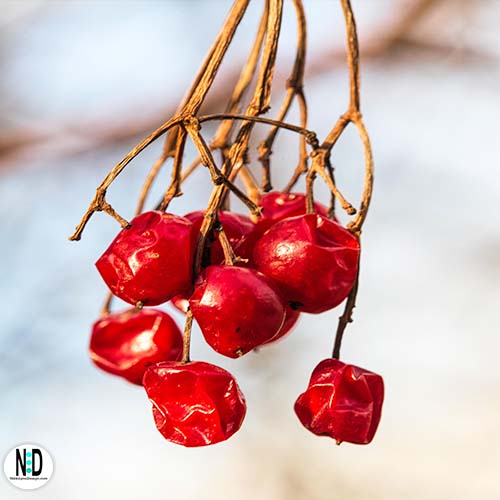
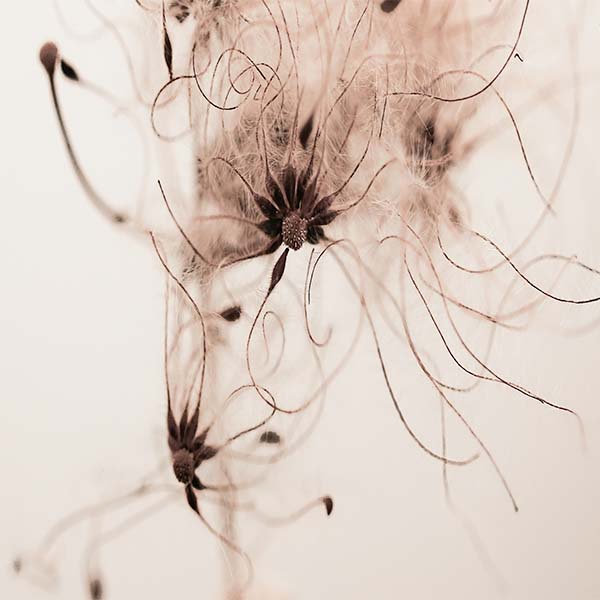
January’s Full Moon
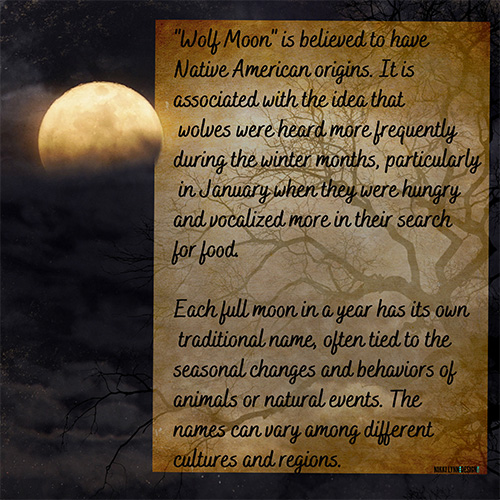
The full moon in January is often referred to as the “wolf moon” and is believed to have Native American origins.
Each full moon in a year has its traditional name, often tied to seasonal changes and behaviors of animals. The names of each moon can vary among cultures and regions.
Get Out & Explore
See You In February
I’ll see you back here next month to take you through some seasonal changes for February.
Thank you for visiting and reading. I appreciate your support.
This section of the blog is dedicated to my husband. He enjoyed & missed the daily nature posts from my old site. I can’t commit to daily posts baby, but, I will commit to monthly posts, just for you.
This site contains affiliate links that may provide a small compensation to me —-> at no additional cost to you.
Jan, Feb , Mar, Apr, May, Jun, Jul, Aug, Sept, Oct, Nov
